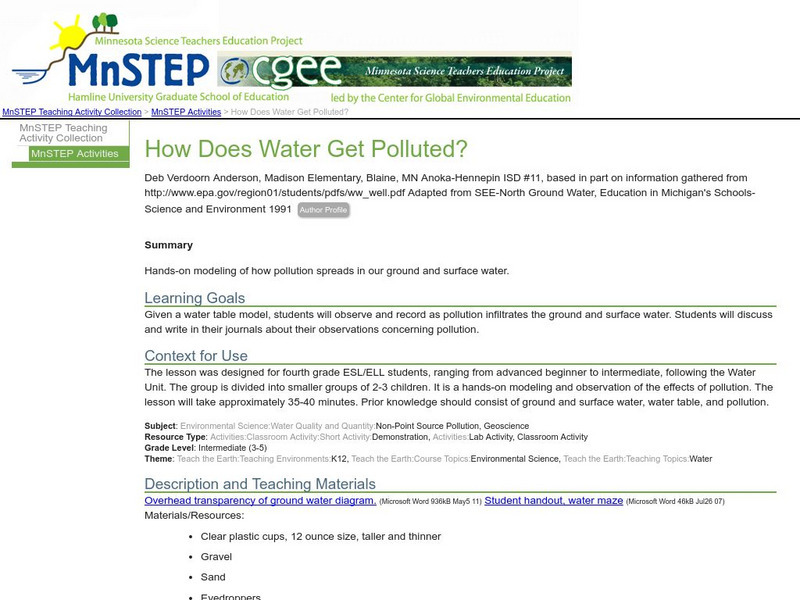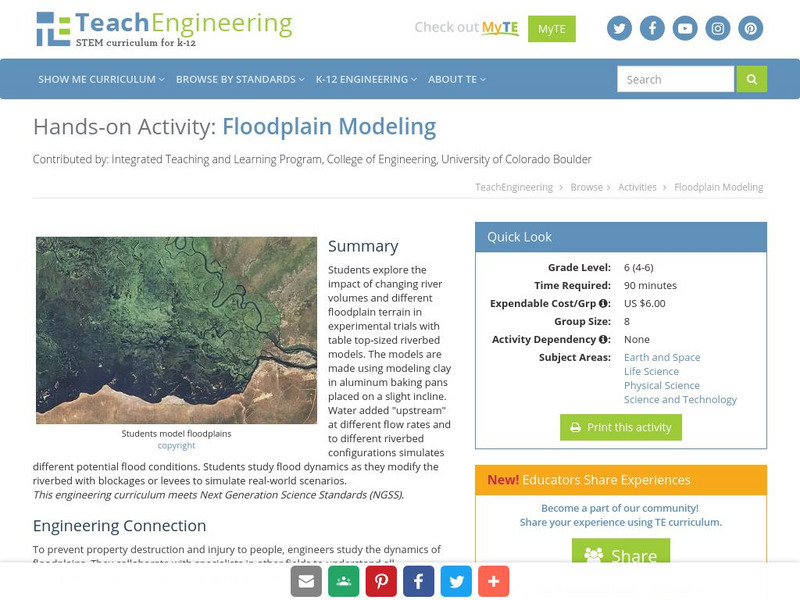Curated OER
Bonneville Salt Flats Ecosystem
Pupils discuss the annual ecosystem changes of the Bonneville Salt
Flats and the artificial changes made by man.They observe the annual ecosystem changes and the current additional flooding of the Bonneville Salt Flats by man.
Curated OER
Glacial Geocaching
Eighth graders measure strike and dip of given land features and explain the difference between them. They also look at rock and mineral samples for indentification, along with calculating the density. Finally, information is analyzed...
Curated OER
Electronic Hydrology Lesson Plan - Revised
Students use Excel spreadsheets. They predict time and height of peak flow on river
Curated OER
Sounds You See, Hear, and Feel
Learners explore and create sound wave vibrations using musical instruments and common objects. They compare/contrast and describe actions that cause sound wave vibrations that can be seen, heard, and felt.
Curated OER
Can Bacteria Arise from Non-living Things?
Fourth graders, in groups, determine whether bacteria arises from non-living things,
Curated OER
Palm Use in Biology
Students view bacteria through a microscope. They draw and label the bacteria using microbiology software loaded onto their Palms.
Curated OER
Putting on Mass: Just how do Trees grow?
Students articulate an explanation of photosynthesis. They identify problems they have with comprehension of how a plant gains mass. Students describe a historical experiment.
Curated OER
That Is Predictable
Students investigate the changes that can take place in an aquatic environment. They conduct research using a variety of resources. The research is used to report different possibilities of change because of abiotic or biotic factors.
Curated OER
Subsidence/ Erosion
Students utilize prior knowledge about the Pontchartrain Basin. In this subsidence/erosion lesson, students study the chart on land subsidence and must them identify and find solution for problems caused by erosion.
Curated OER
Save Me: Mother Earth
Learners read stories and articles about protecting the Earth. They collect data for a computer generated graph, and provide a key to show what the symbols represent.
Curated OER
Driving Forces Forestry In Canada
Learners discuss the natural and economic impact of forests and forestry. Using given statistics they construct different types of graphs in which they make observations and draw conclusions.
Curated OER
Sounds Like Science - Bottle Organ
Students see that by manipulating sound we can arrange a series of notes referred to as a musical scale. They explain the relationship between pitches and notes. They compare the sounds of different-sized bottles.
Curated OER
Solid Waste Management
Sixth graders examine the role of packaging of everyday products and urge manufacturers to reduce the amount of it. They also discover how many products they use everyday can be recycled.
Curated OER
Watercolor Butterfly
Students identify and analyze the anatomy of an insect and create a watercolor butterfly. They identify the three body parts of a butterfly by pointing to them on the butterfly they have created and demonstrate the splatter paint...
Curated OER
Conflict Resolution
Students consider how conflict resolution principles can be used by countries. In this diplomacy lesson, students participate in a simulation that requires them to use conflict resolution skills to settle a fictional country and deal...
Curated OER
Portfolio Open House Celebration
Seventh graders present their Great Depression portfolio to parents. In this social studies instructional activity, 7th graders evaluate their own work using the self-evaluation form. They watch a movie and discuss its relevance to the...
US Environmental Protection Agency
Epa: The Water Sourcebooks [Pdf]
This is online resource is for teachers of all grades. The Water Sourcebook contains activities grouped according to grade level. Detailed lesson plans are provided along with glossary and fact sheets.
Science Education Resource Center at Carleton College
Serc: How Does Water Get Polluted?
Given a water table model, students will observe and record as pollution infiltrates the ground and surface water.
TeachEngineering
Teach Engineering: Where Does All the Water Go?
The best way for students to understand how groundwater flows is to actually see it. In this activity, students will learn the vocabulary associated with groundwater and see a demonstration of groundwater flow. Students will learn about...
TeachEngineering
Teach Engineering: What's Down the Well?
This activity looks at physical models of groundwater and how environmental engineers determine possible sites for drinking water wells. During this activity, students will create their own groundwater well model using a coffee can and...
Concord Consortium
Concord Consortium: What Makes Water Special?
Activity 2 investigates Why is water different from other liquids? This activity will investigate properties of different liquids. Students will explore what makes honey gooey and thicker than water. And why some liquids evaporate faster...
TeachEngineering
Teach Engineering: Floodplain Modeling
Students explore the impact of changing river volumes and different floodplain terrain in experimental trials with table top-sized riverbed models. The models are made using modeling clay in aluminum baking pans placed on a slight...
Environmental Education for Kids
Eek!: Teacher Resources: Groundwater Study Guide [Pdf]
This study guide is designed to help students begin thinking about groundwater - where it comes from, why it's important, and how it can be conserved and protected. The guide includes a brief overview of groundwater, a glossary, and...
US Geological Survey
Usgs: Ground Water Aquifers
Resource is a brief explanation of an aquifer and how they work. This article also touches upon artesian wells. A picture and a fun activity to illustrate the concept of an artesian well are included. Click Home to access the site in...
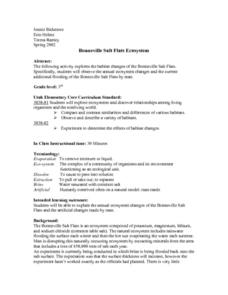
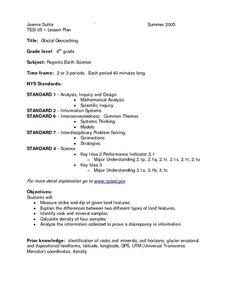

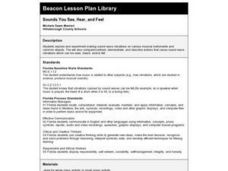

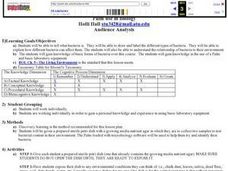

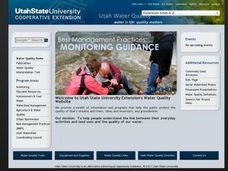





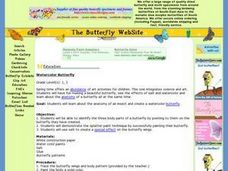

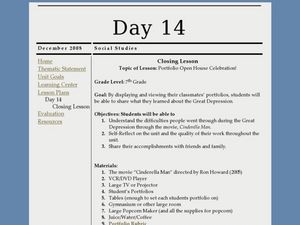
![Epa: The Water Sourcebooks [Pdf] Lesson Plan Epa: The Water Sourcebooks [Pdf] Lesson Plan](https://content.lessonplanet.com/knovation/original/438669-a5df3fb4e6ba6a238d3d8ad01b4a02a3.jpg?1661258064)
